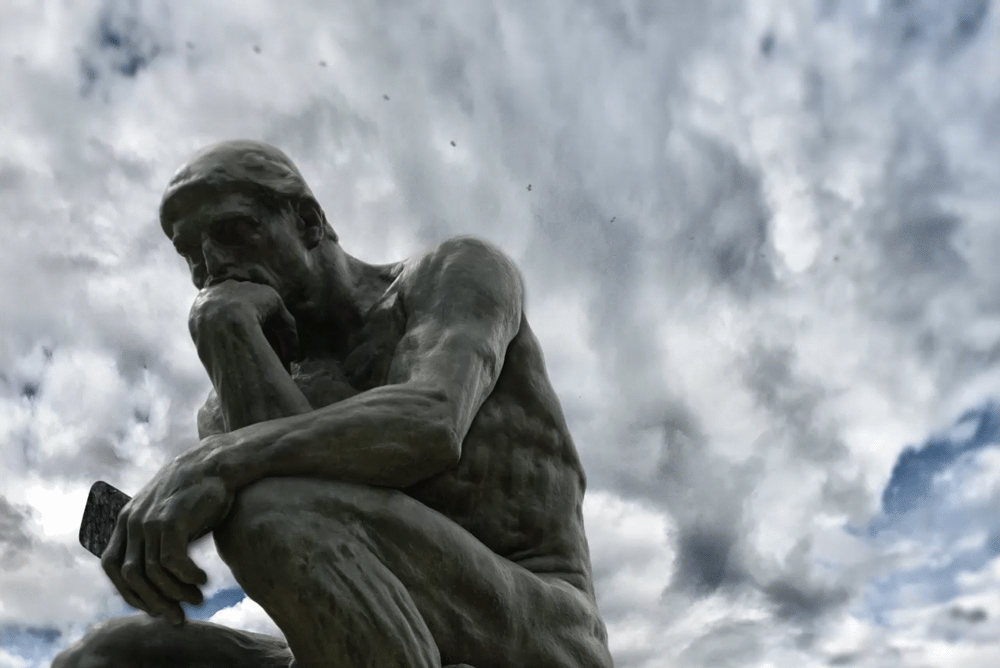A few weeks ago, I got the opportunity to spend a few days in Turkey (recently re-branded as Türkiye), a country I’d not visited in 19 years. Back then, I was in Turkey’s mainly Kurdish southeastern sector — near the location of Turkey’s Feb. 6 earthquakes. It was like a visit to America’s Jim Crow past, as Kurds are a despised minority in Turkey.
My most recent journey (courtesy of the country’s tourism board) was very different — a swing around the country’s south-central precincts tracing the steps of St. Paul, who zig-zagged about Turkey during several visits.
While there, I experienced plenty of reminders (billboards and cars parades blasting slogans) that this was Turkey’s election season and that the country’s future very much hung on whether the current president, Recep Tayyip Erdoğan could be unseated in the upcoming May 28 run-off election.
Stay with that thought, because we will return to some observations on religion angles in the upcoming presidential run-off election.
Whatever happens, Erdogan will be a footnote in history. As Turkey’s most famous native son throughout the ages, Paul grew up in Tarsus, about 10 miles from the Mediterranean coast. It’s thought that his Jewish forebears arrived there a few centuries before and were made Roman citizens due to them being landowners. Tarsus was our first stop and because it’s impossible to know exactly where Paul’s family lived, the government has had to rely on where church tradition says it might have been.
So, there’s a “St. Paul’s well” with water you can still drink; some first-century ruins under protective glass, a St. Paul Museum surrounded by mulberry bushes and even an Islamic site purporting to be the biblical prophet Daniel’s tomb. One needs a tour guide to get about this town; these sites would have been difficult to locate in a rental car.
Those of us who live in the New World have difficulty imagining life in a country built on layers and layers of archeological sites; where’s it’s nothing to find a 2,000-year-old piece of statuary in one’s back yard and where the earliest Christians hung out.










